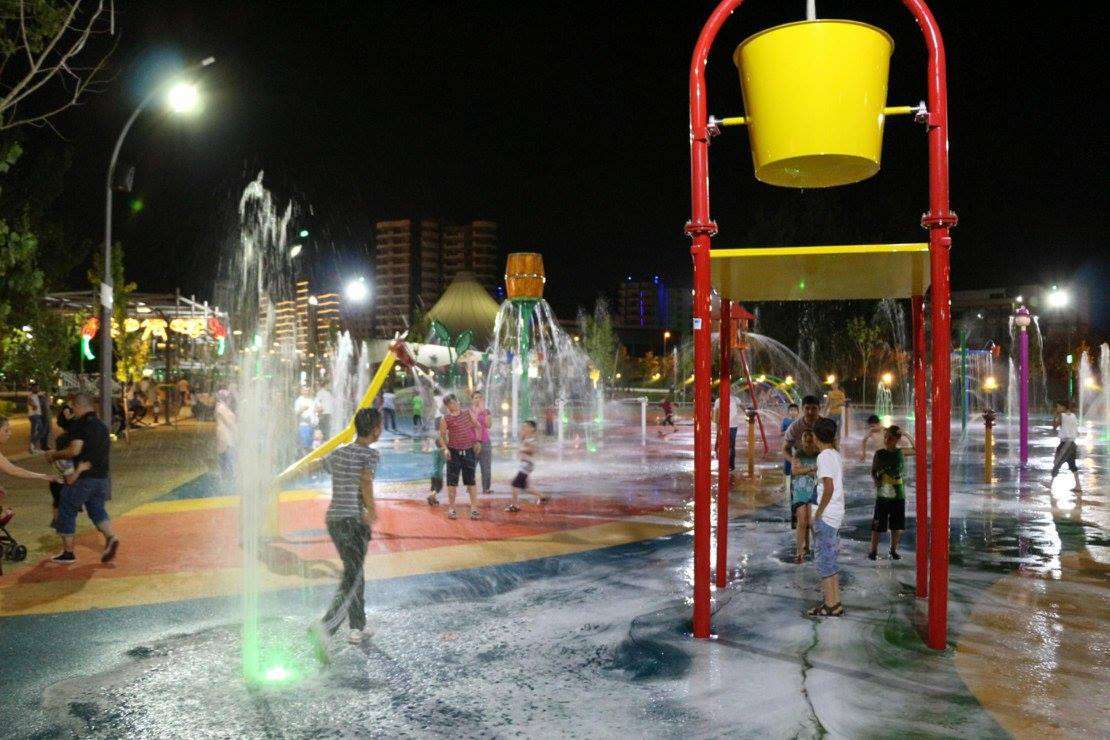
Splash Park Planning A to Z
Water Splash Blog Read more, Discover more ! Splash Park Planning A to Z Before you decide to add a splash park to your community,
Water Splash Blog
Read more, Discover more !
In our article titled Secondary Disinfection Systems for Splash Park, we gave comprehensive information about disinfection systems. Splash parks are a haven for water-loving enthusiasts of all ages, providing hours of fun and refreshing relief on hot summer days. But have you ever wondered how splash pads maintain clean and safe water for everyone to enjoy? That’s where the magic of water filtration systems comes into play! In this blog post, we will dive deep into the world of secondary disinfection systems specifically designed for splash parks. We’ll explore the powerhouses behind these systems – UV and ozone disinfection – and discover how they work their magic to ensure crystal clear waters in every splash pad. So let’s get ready to make a big splash as we explore the fascinating realm of secondary disinfection systems for your favorite aquatic playgrounds!
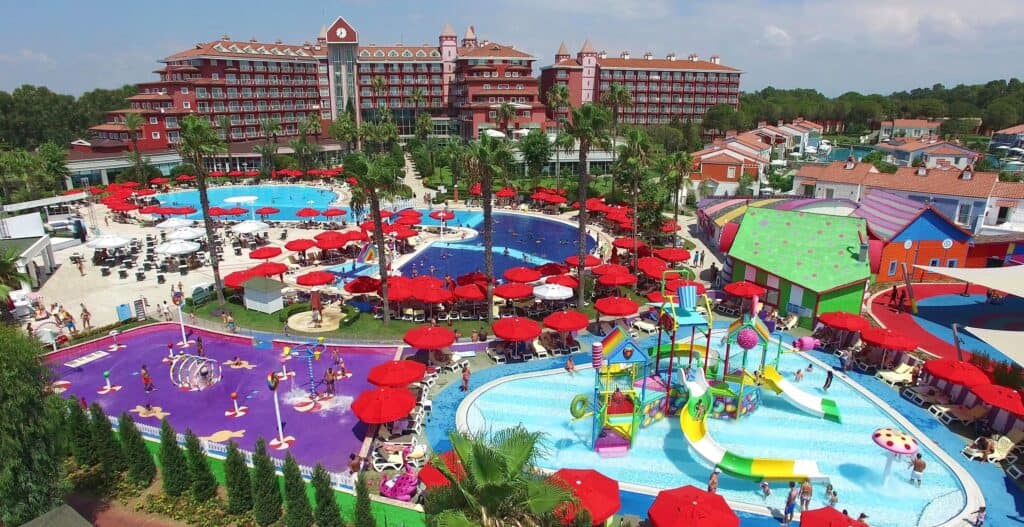
Splash Park Water Filtration System: Keeping the Fun Fresh!
A splash park is a water wonderland that brings joy and laughter to countless individuals. But have you ever stopped to think about what keeps the water clean and safe for everyone? That’s where the vital role of a water filtration system comes in.
The primary purpose of a splash park water filtration system is to remove impurities from the water, ensuring it remains crystal clear and free from harmful bacteria or contaminants. This process involves a series of steps designed to achieve optimal cleanliness.
The system incorporates various filters to trap large debris such as leaves, twigs, and bugs. These filters act as barriers, preventing unwanted particles from entering the main circulation system.
Next, an array of pumps circulates the filtered water through pipes and jets within the splash pad area. This continuous flow not only adds movement but also helps distribute chemicals evenly throughout the entire system.
Chemicals play a crucial role in maintaining proper disinfection levels within splash parks. Chlorine is commonly used as a primary disinfectant due to its effectiveness in killing bacteria and viruses present in pool waters. However, secondary disinfection systems are essential additions that provide an extra layer of protection against any potential health risks.
Secondary disinfection systems typically involve UV (ultraviolet) light or ozone technologies. UV disinfection utilizes ultraviolet rays emitted by special lamps that destroy microorganisms on contact without adding any additional chemicals into the water. On the other hand, ozonation employs ozone gas created by specialized generators which effectively oxidizes organic matter while eliminating odors.
Though both UV and ozone systems offer significant advantages when it comes to secondary disinfection for splash pads, each has its own unique characteristics worth considering based on individual needs:
1) UV Disinfection Systems:
– Utilize ultraviolet light technology
– Highly effective at destroying pathogens
– Require periodic maintenance such as lamp replacement
2) Ozone Disinfection Systems:
– Utilize ozone gas technology
When it comes to ensuring the safety and cleanliness of water in splash parks, primary disinfection systems are essential. However, secondary disinfection systems play an equally important role in maintaining optimal water quality. Two commonly used secondary disinfection methods for water filtration in splash parks are UV (ultraviolet) and ozone disinfection systems.
UV disinfection systems utilize ultraviolet light to kill or deactivate harmful microorganisms present in the water. As the water passes through a chamber containing UV lamps, the light disrupts the DNA of bacteria, viruses, and parasites, rendering them unable to reproduce and cause infections. This process provides an additional layer of protection against pathogens that may have survived primary disinfection treatments.
Ozone disinfection systems work by injecting ozone gas into the water supply. Ozone is a powerful oxidizing agent that effectively kills microorganisms upon contact. It also helps neutralize organic compounds and remove unpleasant odors from the water. Ozone has been proven effective at eliminating chlorine-resistant organisms like Cryptosporidium and Giardia.
Both UV and ozone disinfection systems offer several advantages for splash park water filtration. They do not produce harmful byproducts like chloramines, which can cause eye irritation or respiratory problems. Additionally, they provide continuous treatment without relying on chemicals that may need constant monitoring or adjustment.
In conclusion (not conclusive), incorporating secondary disinfection systems such as UV or ozone technology can significantly enhance the overall effectiveness of a splash park’s water filtration system. These advanced methods ensure cleaner and safer water for visitors to enjoy while minimizing potential health risks associated with untreated contaminants.
In this article, we have explored the importance of secondary disinfection systems for splash parks and how they play a vital role in ensuring clean and safe water for park visitors. One such secondary disinfection system is UV disinfection, which uses ultraviolet light to kill harmful bacteria and viruses.
There are different types of UV disinfection systems that can be used for splash pads. One type is the low-pressure mercury lamp UV system. This system emits a specific wavelength of ultraviolet light that is effective in destroying microorganisms present in the water. It provides continuous disinfection as the water passes through the UV chamber.
Another type of UV disinfection system commonly used for splash pads is medium-pressure mercury lamps. These lamps emit a broader spectrum of ultraviolet light, making them more effective against a wider range of microorganisms. They are especially useful when dealing with chlorine-resistant pathogens.
Additionally, there are advanced UV LED-based systems available today that offer even greater efficiency and durability compared to traditional mercury lamp systems. These LED-based systems consume less energy and have longer lifespans, resulting in lower operating costs.
As regulations around water quality continue to evolve, it becomes increasingly important for splash pad operators to invest in reliable secondary disinfection systems like UV technology to ensure optimal water filtration and sanitation.
So whether you’re planning on installing a new splash pad or upgrading an existing one, consider incorporating a secondary disinfection system using UV technology into your design. Not only will it provide an additional layer of protection against harmful pathogens but also give peace of mind knowing that your splash park offers clean and safe fun for everyone.
Remember, proper water filtration and efficient secondary disinfectant systems are crucial elements in maintaining high standards at your splash park – creating an enjoyable environment where families can cool off while staying healthy!
Linkedin Page: Water Splash inc

Water Splash Blog Read more, Discover more ! Splash Park Planning A to Z Before you decide to add a splash park to your community,
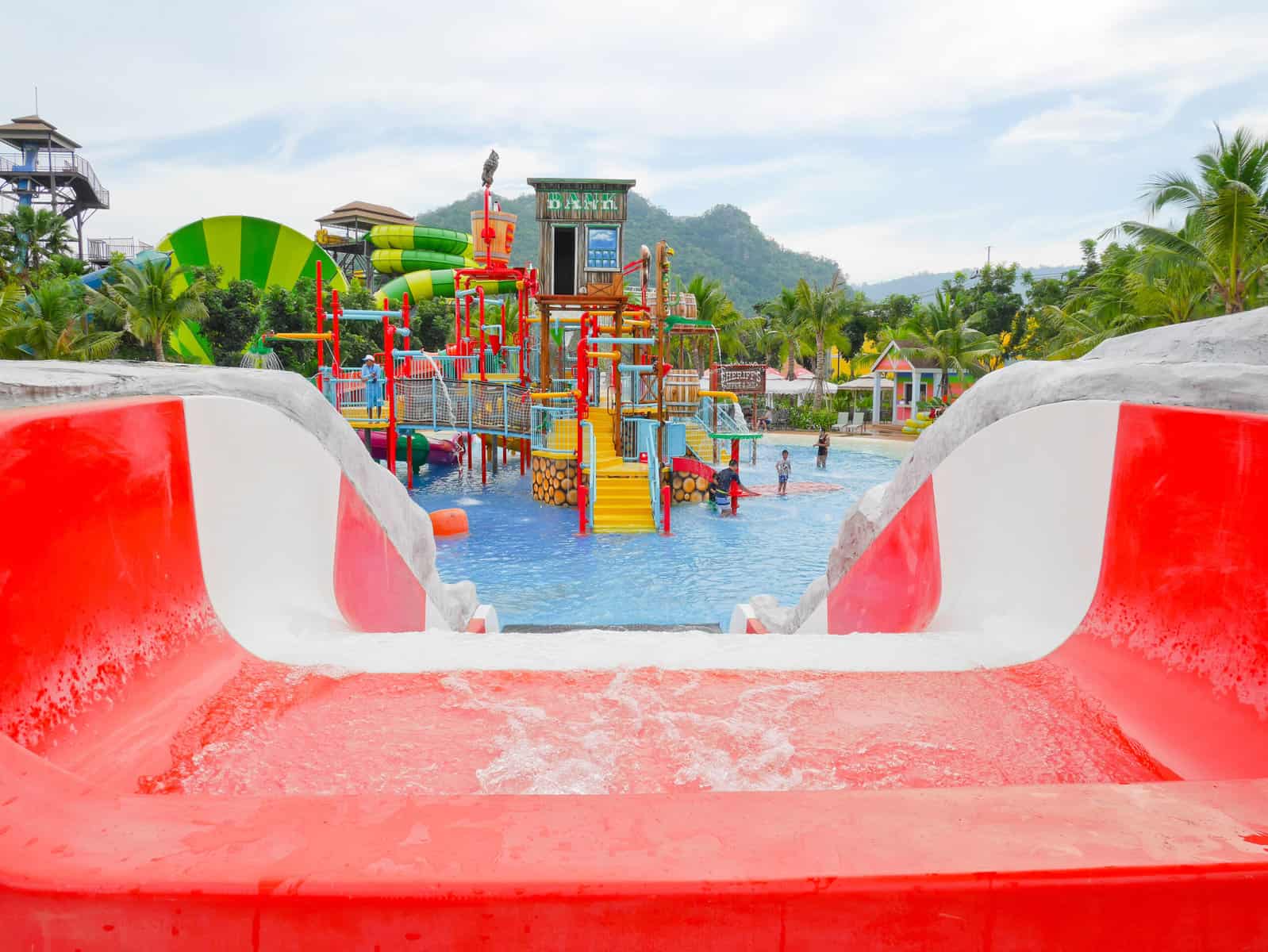
Water Splash Blog Read more, Discover more ! How to Secure Government Grants for Your Community’s Splash Park or Playground Are you dreaming of a
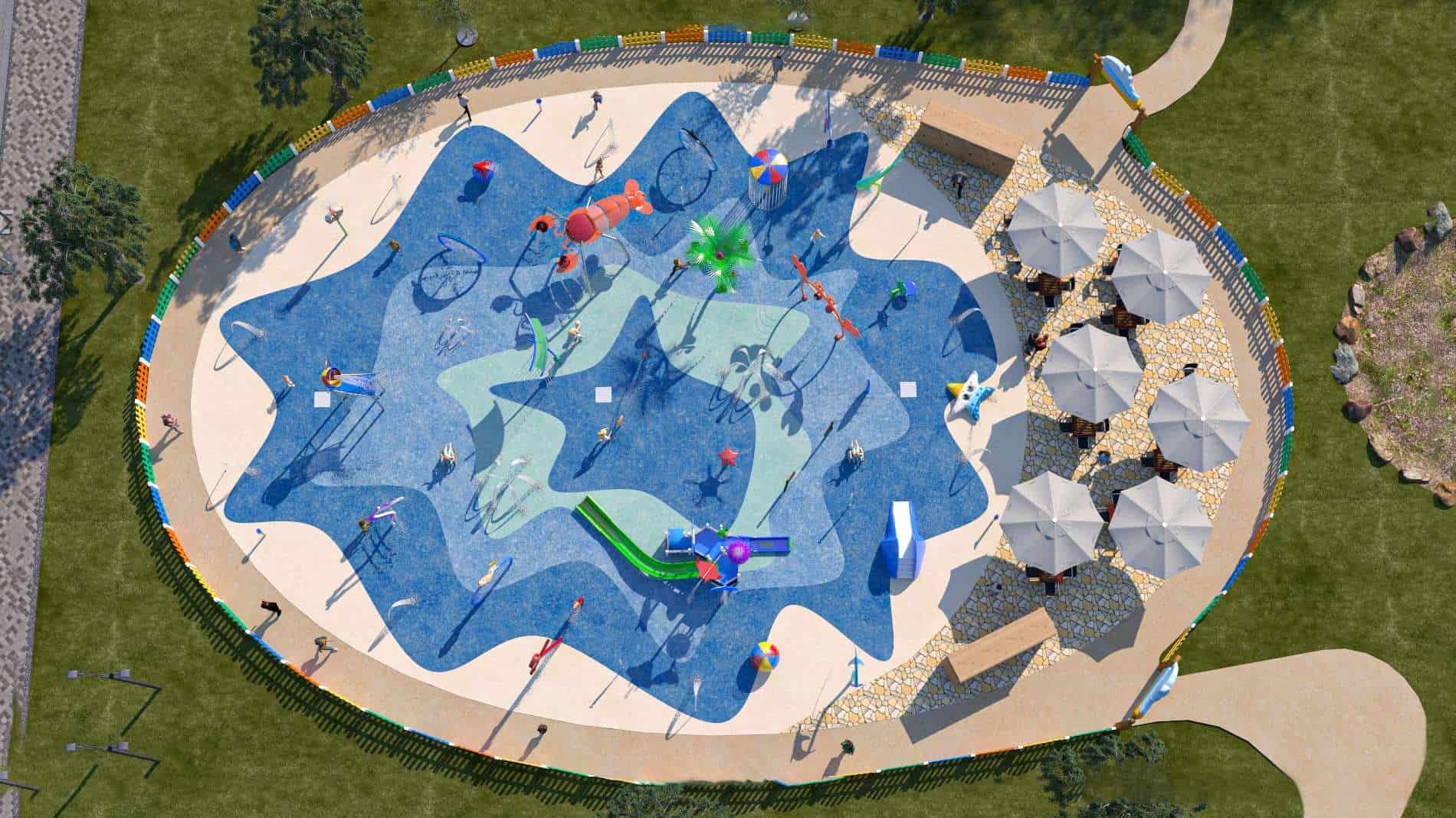
Water Splash Blog Read more, Discover more ! How To Build A Splash Pad in 4 Step? Read more
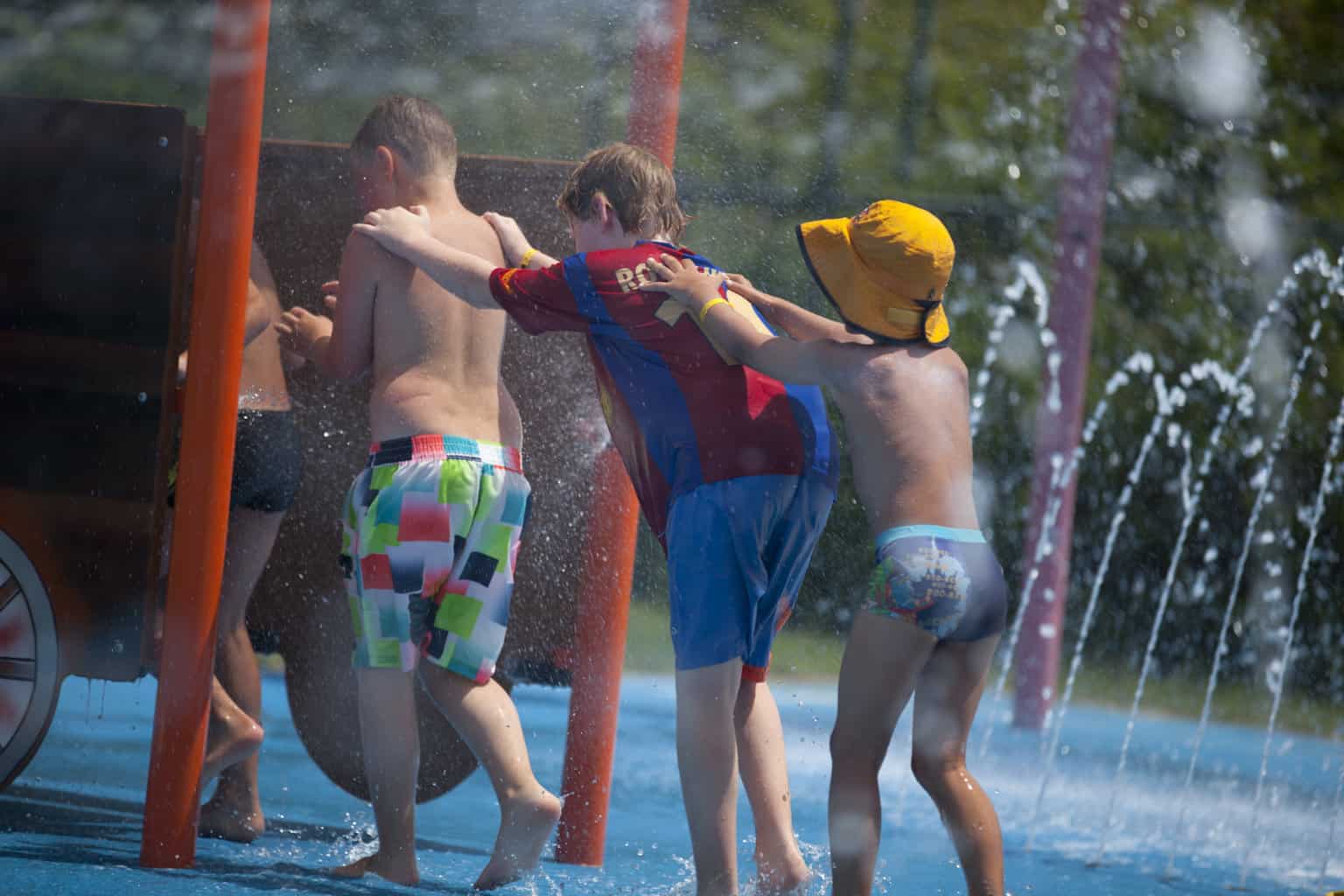
Water Splash Blog Read more, Discover more ! How to create a water park at home? In this article, we will answer the question of
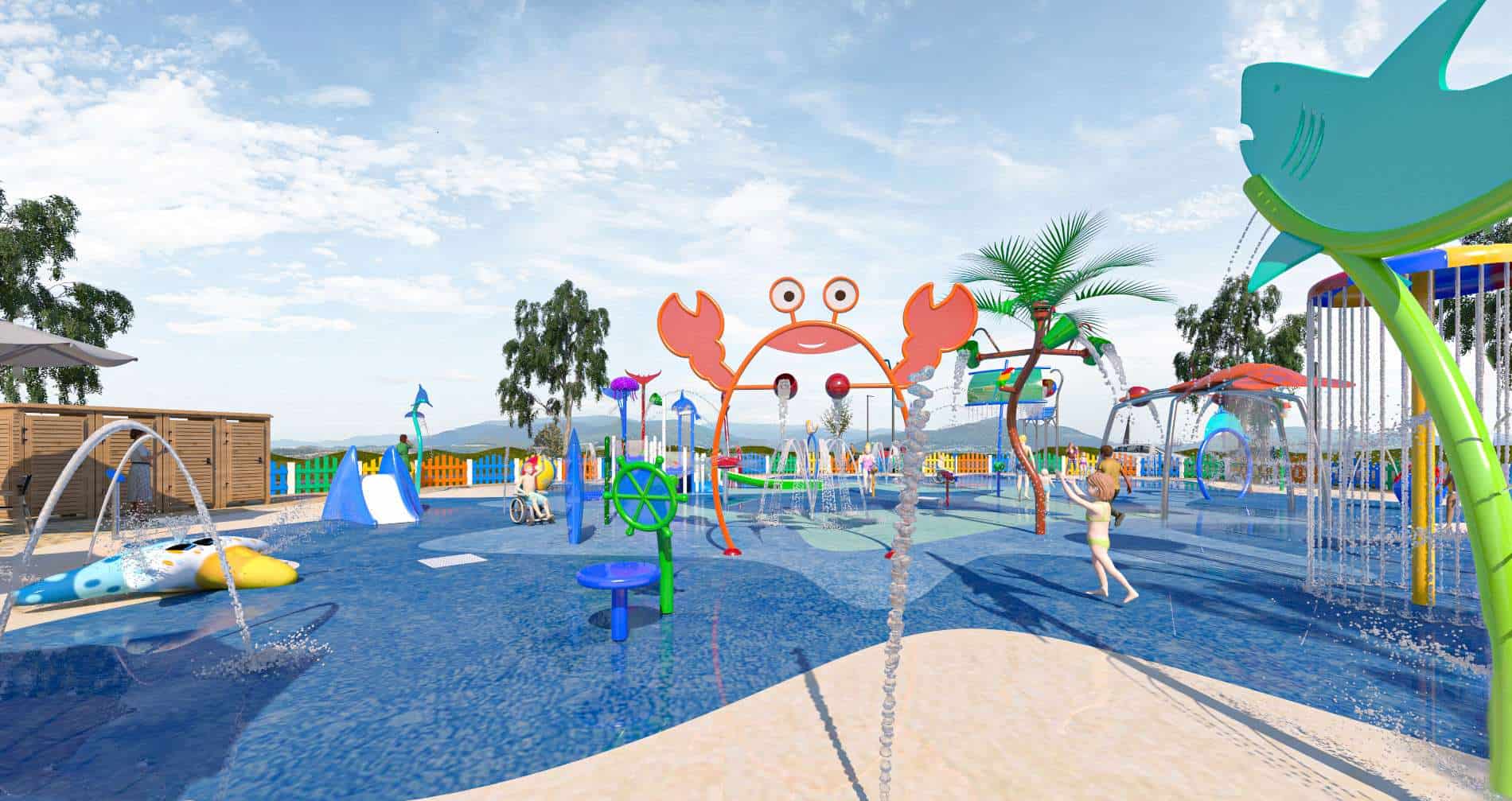
Water Splash Blog Read more, Discover more ! How To Design A Splash Pad With Regulatory Compliance? In this article, we will answer, How to
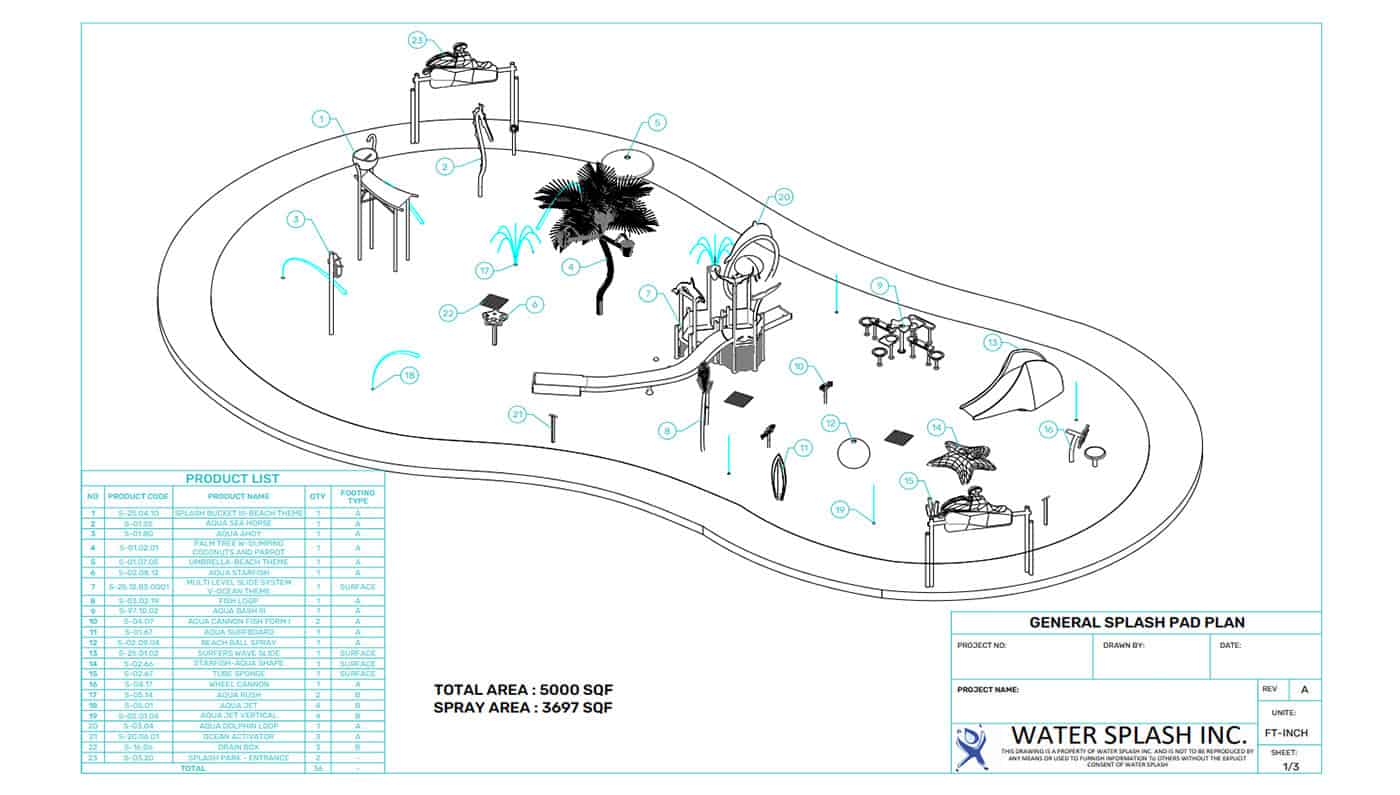
Water Splash Blog Read more, Discover more ! WATER SPLASH DESIGN PERSPECTIVE Water Splash, Inc. For more than 20 years, Innovative Water Playground Equipment designs,
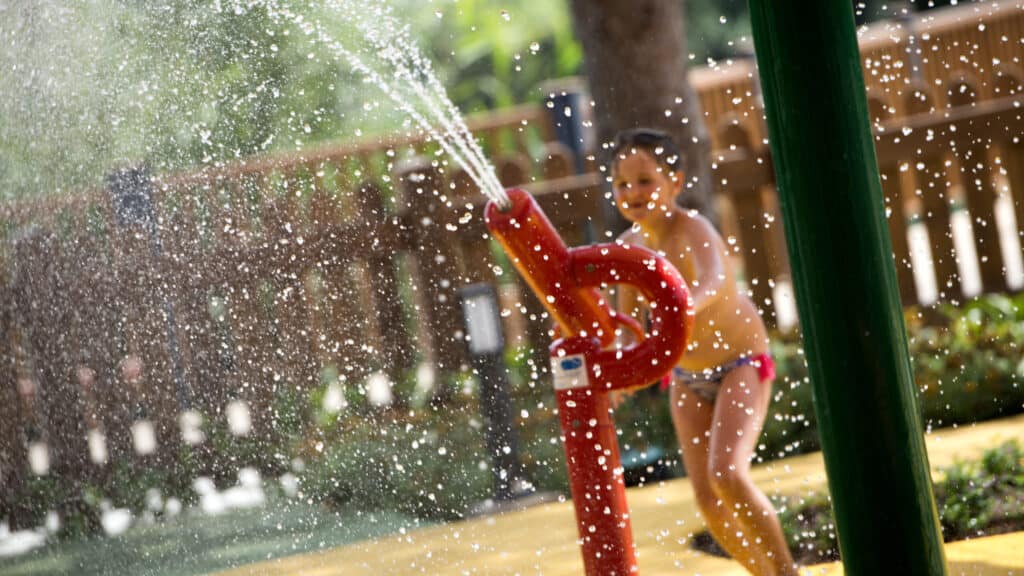
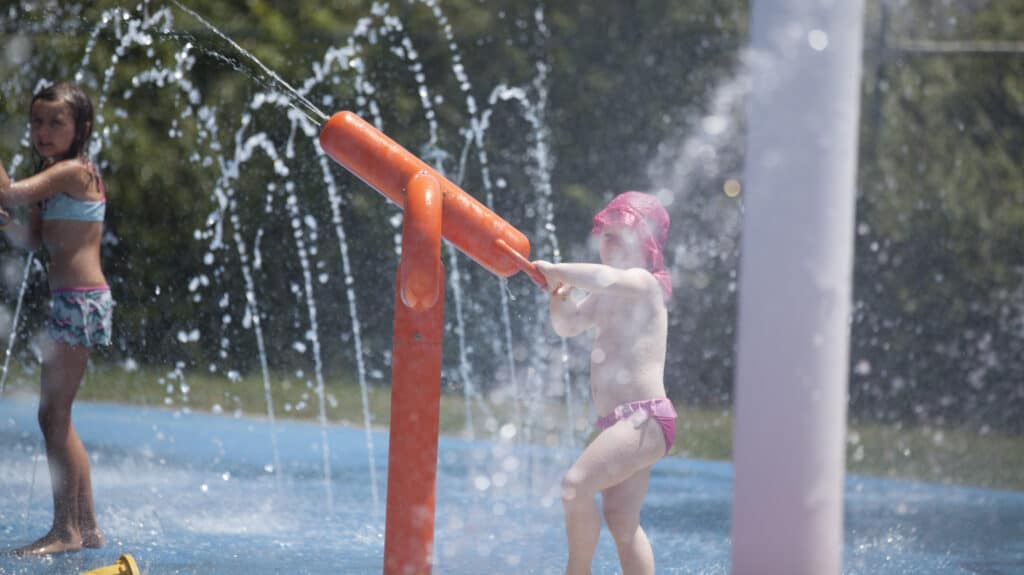
(800) 936 3430
102 W Service Rd Ste 412, Champlain, NY, 12919, United States
© 2022 Water Splash Inc. All Rights Reserved